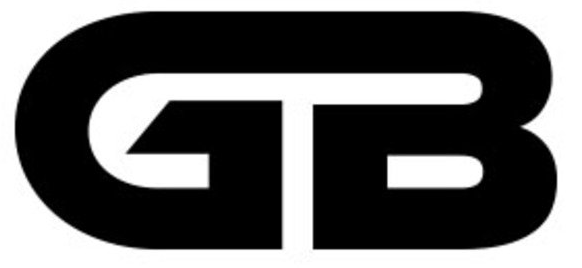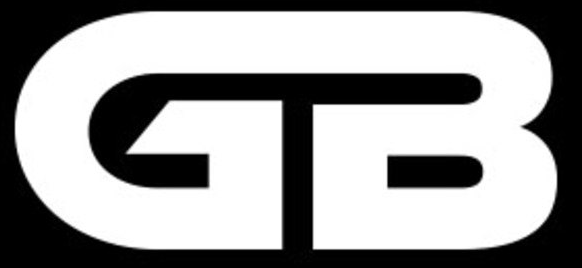Chef pants might seem like a humble component of a chef’s uniform, but they play a crucial role in the culinary world. From their practical function to their impact on professionalism and hygiene, chef pants have evolved significantly over the years. This article explores the history, design, and significance of chef pants, examining their role in the kitchen and their influence on both the culinary profession and personal comfort.
Historical Context of Chef Pants
- Early Kitchen Attire: The concept of specialized kitchen attire dates back to the 19th century. In the early days of professional cooking, chefs wore simple clothing that was often not suited to the demands of the kitchen environment. Early chefs might have worn their everyday clothes, which were quickly soiled by the heat and spills common in kitchens.
- Introduction of Uniforms: The evolution of chef uniforms began with the influence of legendary chefs like Marie-Antoine Carême and Georges Auguste Escoffier. Carême, known for his elaborate and refined dishes, is often credited with formalizing the chef’s uniform. Escoffier further refined this, introducing the classic white chef’s jacket and traditional checkered pants as part of a more standardized kitchen attire.
- The Emergence of Chef Pants: The introduction of chef pants in their modern form was part of a broader movement towards professionalizing and standardizing kitchen attire. The checkered pattern of chef pants, in particular, was designed for practical reasons—helping to hide stains and maintain a clean appearance throughout a busy shift.
Design and Functionality
- Material and Fabric: Chef pants are designed to withstand the rigors of a professional kitchen environment. Typically made from durable and breathable materials such as cotton or polyester blends, these fabrics are chosen for their resistance to stains and ease of cleaning. Cotton offers comfort and breathability, while polyester blends provide durability and wrinkle resistance.
- Design Features: The classic checkered pattern of chef pants, with its alternating dark and light squares, serves both aesthetic and practical purposes. The pattern helps camouflage stains and spills, which are inevitable in a busy kitchen. Modern chef pants might also feature additional design elements such as reinforced knees, adjustable waistbands, and multiple pockets for convenience.
- Comfort and Fit: Comfort is a key consideration in the design of chef pants. Chefs spend long hours on their feet, and well-designed pants need to offer freedom of movement and comfort. Features such as an elastic waistband, adjustable drawstrings, and a relaxed fit contribute to overall comfort and functionality. Some chef pants are also designed with moisture-wicking properties to keep chefs cool and dry.
The Role of Chef Pants in Professionalism
- Uniformity and Discipline: The use of standardized chef pants contributes to a sense of uniformity and discipline in the kitchen. Uniformity in attire helps create a cohesive and professional environment, where every member of the team is easily identifiable. This standardization fosters a sense of belonging and teamwork among kitchen staff.
- Hygiene and Safety: Chef pants play a critical role in maintaining hygiene and safety in the kitchen. The design of these pants helps protect chefs from burns, spills, and other hazards. Additionally, their easy-to-clean fabrics ensure that any stains or contaminants can be quickly removed, contributing to a hygienic work environment.
- Professional Image: A chef’s appearance can impact the perception of a restaurant or culinary establishment. Well-maintained chef pants contribute to a polished and professional image, reflecting the standards of the kitchen and the quality of the food being prepared. A clean and well-presented uniform is often seen as a mark of professionalism and attention to detail.
Trends and Innovations in Chef Pants
- Modern Fabrics and Technology: The development of new fabrics and technologies has led to innovations in chef pants. Modern materials such as moisture-wicking and antimicrobial fabrics enhance comfort and hygiene. These advanced fabrics help regulate body temperature, reduce odor, and resist stains, making them ideal for the demanding environment of a professional kitchen.
- Fashion and Style: While functionality remains the primary focus, there has been a growing interest in the fashion and style of chef pants. Designers and culinary brands have introduced a range of styles, from slim-fit and tailored designs to patterned and colored options. These fashionable choices allow chefs to express their personal style while maintaining the practical aspects of their attire.
- Sustainability: The trend towards sustainability has also impacted the design of chef pants. Eco-friendly materials and ethical manufacturing practices are becoming more prevalent in the culinary apparel industry. Chefs and restaurants are increasingly opting for sustainable options that reduce environmental impact and promote ethical consumption.
Cultural and Regional Variations
- International Styles: Chef pants vary across different cultures and regions, reflecting local traditions and preferences. For example, in some European countries, chefs might wear traditional white pants, while in Asian cuisines, more relaxed or culturally specific attire may be preferred. These variations highlight the diverse approaches to culinary uniforms around the world.
- Influence of Cuisine: The type of cuisine being prepared can also influence the style of chef pants. In high-end or fine dining establishments, chef pants may adhere strictly to traditional designs and colors, while in more casual or innovative culinary settings, there may be greater flexibility in attire. The choice of chef pants often aligns with the overall branding and concept of the restaurant.
Chef Pants and Personal Comfort
- Ergonomics and Movement: Ergonomics play a significant role in the design of chef pants, as they need to accommodate the physical demands of cooking. The ability to move freely, bend, and stretch is crucial for chefs who perform various tasks throughout their shifts. Well-designed chef pants ensure that chefs can work efficiently without being hindered by their clothing.
- Seasonal Considerations: Seasonal variations in temperature can impact the choice of chef pants. In warmer climates or during summer months, lightweight and breathable fabrics are preferred to keep chefs cool. Conversely, in colder environments, thicker and insulated fabrics may be necessary to provide warmth and comfort.
- Custom Fit and Personalization: Some chefs opt for custom-fit chef pants to ensure the best possible comfort and functionality. Tailoring pants to individual measurements can address specific needs and preferences, enhancing overall satisfaction and performance. Additionally, personalized options such as embroidered names or logos are popular for creating a unique and professional appearance.
Conclusion
Chef pants may appear to be a simple aspect of culinary attire, but their significance extends far beyond mere clothing. From their historical evolution and design features to their role in professionalism and personal comfort, chef pants are an essential element of the culinary world. Their development reflects the broader trends in culinary attire, including advancements in fabric technology, fashion, and sustainability.
Understanding the importance of chef pants highlights the intricate balance between functionality, hygiene, and professionalism in the kitchen. As the culinary industry continues to evolve, so too will the design and significance of chef pants, ensuring that they remain a crucial component of a chef’s uniform for years to come.


